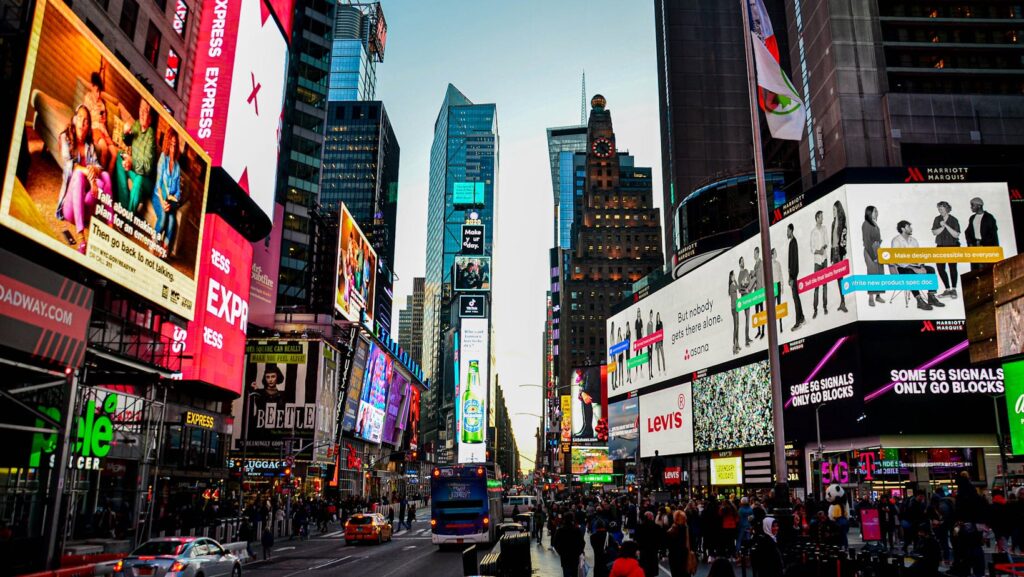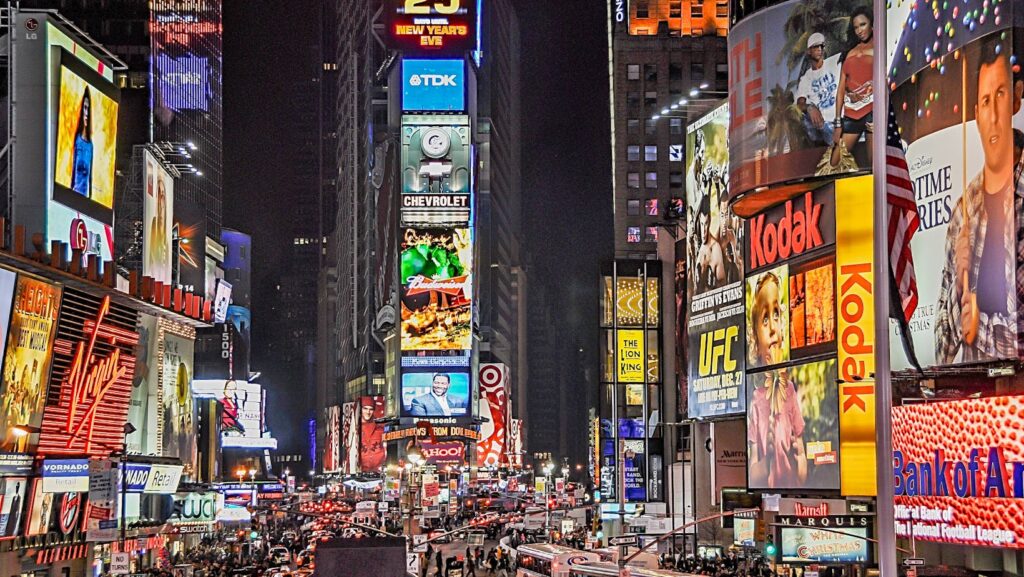In the hustle and bustle of city life, getting from point A to point B efficiently is a game-changer. That’s where urban mobility comes into play. It’s a concept that’s transforming how we navigate our cities, promising a future where traffic jams are a thing of the past.
What is Urban Mobility

Delving deeper into what is urban mobility, it can be dissected, analyzed and comprehended from multiple facets. Key points of discussion include its definition and why it holds immense significance in today’s urban settings.
What is urban mobility, at its core, denotes the efficiency, safety, and sustainability of traveling from one point to another within urban landscapes. It’s an intricate ecosystem comprising various modes of transportation. For instance, buses, subways, cars, bikes, pedestrians, and even emerging tech-based solutions like ride-sharing and autonomous vehicles. It isn’t just about transportation though. It also encapsulates urban planning strategies to enhance livability, inclusive access, and environmental sustainability.
Components of Urban Mobility
Infrastructure and Urban Mobility
Infrastructure, a key component of urban mobility, provides essential support for an efficient and effective transportation network. It influences how people move and commute within urban spaces. Robust infrastructure – including but not restricted to roadways and bridges, cycling tracks, pedestrian sidewalks, transit stations, and traffic signal systems – facilitates smooth transportation.
For instance, cities with well-maintained and expansive road networks allow easier movement for cars and buses. Similarly, availability of separate cycle tracks and walkways contribute to safe pedestrian and bicycle commutes. Meanwhile, strategically located transit stations make public transportation accessible and timely, enhancing citizens’ mobility.
Transportation Network and Urban Mobility

The transportation network operates as a vital organ of urban mobility. It embraces a variety of transport modes – buses, subways, cars, bikes, and pedestrian traffic, among others – and harmoniously integrates them to augment the collective mobility within an urban sphere.
Take the case of integrated multimodal systems, like those found in modern urban spaces such as New York or Tokyo. These systems amalgamate various modes of transport, offering commuters multiple choices for travel, reducing traffic congestion, and improving overall transit efficiency. Simply, transportation networks transfigure the way individuals navigate within a city, steering towards seamless, efficient, and sustainable urban mobility.
Impact of Urban Mobility on Daily Life
Urban Mobility and the Economy
Urban mobility forms an economic fulcrum, supporting job growth and facilitating commerce. As cities continue to expand, they become centers for commerce, demanding smooth transportation as an operational necessity. Mass transit systems, such as subways and buses, directly contribute to economic growth, providing transportation for millions of workers and customers. A well-managed urban mobility system significantly enhances productivity by reducing commute times, thus potentially increasing profits and wages. For instance, a study by the American Public Transportation Association found that every dollar invested in public transportation generates approximately $4 in economic returns.
Urban Mobility and the Environment

Equally crucial is urban mobility’s role in forming a sustainable environment. A well-planned and properly integrated transportation network holds the potential to significantly reduce carbon emissions. By promoting the use of greener modes of transport, such as cycling, walking, or public transportation over private cars, urban mobility discourages practices contributing significant amounts of greenhouse gases. Bicycle-friendly cities like Amsterdam, for instance, have drastically reduced their CO2 emissions. Furthermore, the switch to electric public transport, an emerging trend seen in cities like Shenzhen, China, showcases how urban mobility can turn into a key player in the fight against climate change.
Transformative Importance
What is urban mobility importance can’t be overstated. It’s a transformative force that’s reshaping cities, making daily commutes efficient and safe. Its impact is far-reaching, touching every aspect of daily life, the economy, and the environment. By fostering job growth and commerce through efficient mass transit systems, it’s driving economic growth. At the same time, it’s a powerful tool for environmental conservation, promoting greener transportation and reducing carbon emissions. Cities like Amsterdam and Shenzhen are leading the way, showcasing the potential of urban mobility.

